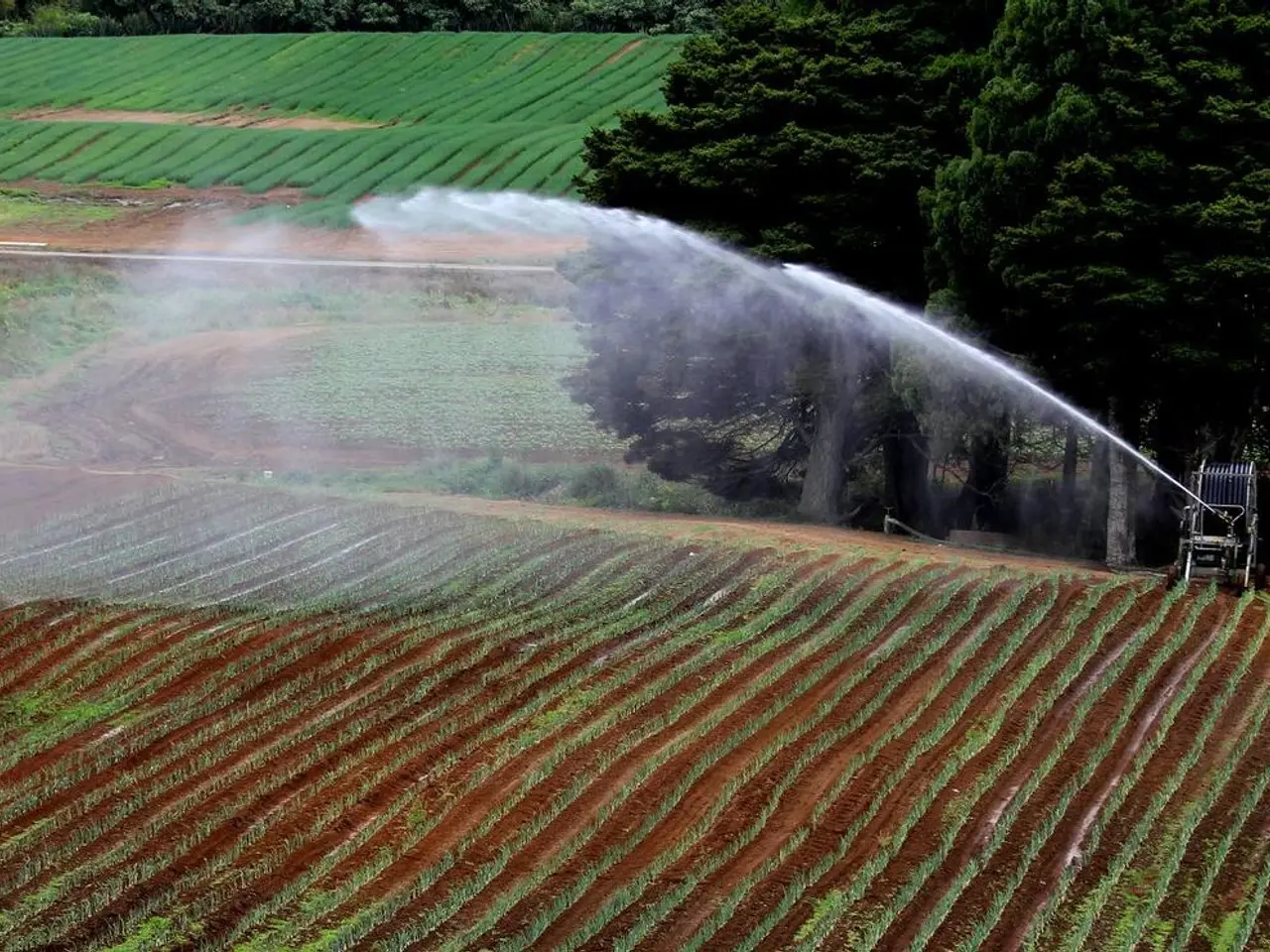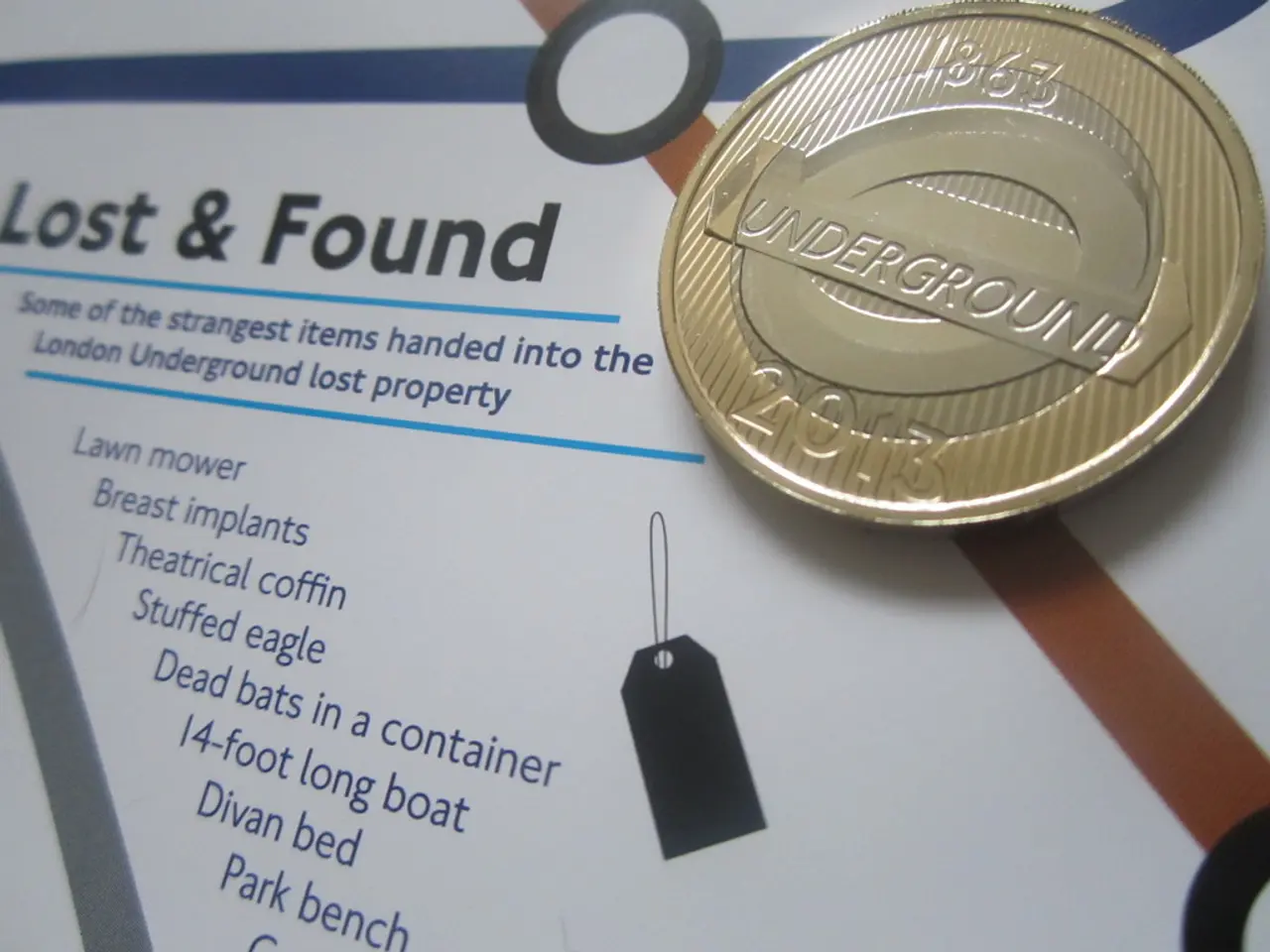Tumbling fortunes, optimism, and doubts within the coastal cashew industry
In the coastal counties of Kilifi, Kwale, and Lamu, efforts are underway to resuscitate the ailing cashew sector. This industry, once the anchor of rural livelihoods in the 1970s and 80s, has faced numerous challenges over the years, including ill-timed policies, broken markets, and years of systemic neglect.
The Struggles of the Past
The cashew sector took a significant blow in 2014 when a ban on exports of raw nuts was implemented and agriculture functions were devolved to county regimes, many of which were ill-equipped to handle the responsibilities. This move put the sector on the brink of collapse, with production plummeting from nearly 13,000 tonnes in 2019 to 9,000 tonnes by 2023.
One of the most significant setbacks was the collapse of Kilifi Cashew Nuts Ltd (KCL) in the early 90s, followed by the disintegration of farmers' cooperatives that ripped away structured markets, further harming the sector.
Current Challenges and Solutions
The current challenges for reviving Kenya's cashew sector include limited financing, low productivity, and lack of effective government proposals implementation. For example, a "Korosho ni Maisha" project proposal aimed at reviving cashew has seen little follow-up or impact as of mid-2025.
Solutions being pursued include large-scale seedling planting initiatives. Between 2022 and 2024, over one million cashew and moringa seedlings were planted by initiatives such as the Ecological Frontier Foundation (EFF), aimed at revitalizing the sector, improving income, and boosting livelihoods in these counties.
The national output of cashews nosedived by almost 30% from 2019 to 2023, despite a marginal expansion in acreage. This decline is attributed to pests and diseases, poor crop husbandry, and unfavourable weather conditions. To address these issues, the Agriculture and Food Authority (AFA) is focusing on long-term sustainability by training local nursery operators to produce commercial-grade seedlings.
A Promising Future
An Italian investor is planning a Sh2.8 billion investment to resuscitate the cashew value chain in Kilifi, promising a transformative leap for over 10,500 farmers. Equatorial Nut Processors will manage the plant, targeting 142 tonnes of raw nuts in its first year, scaling to 3,500 tonnes in five years.
Lamu Governor Issa Timamy has secured a UK-funded project to establish a modern processing factory, while Kwale County is collaborating with AFA to distribute over 9,000 seedlings across 20 wards as part of its revival strategy.
However, financing mechanisms and local processing capacity remain critical factors that need stronger focus. New processors like Nuts and More EPZ Kenya and Fairly Grow Ltd are struggling to find raw materials, with farm-gate prices for cashew nuts currently hovering around a dismal range of between sh30 and 50 per kilogram.
In conclusion, while ongoing efforts are being made to revive Kenya's cashew sector, full revival efforts are yet to be fully realized or scaled in Kilifi, Kwale, and Lamu counties. A collaborative, multi-stakeholder approach involving government agencies, local communities, and private stakeholders is likely needed to address the ongoing challenges and achieve sustainable growth in the sector.
[1] Korosho ni Maisha project proposal faces little follow-up or impact [2] Revitalizing the cashew sector in Kilifi, Kwale, and Lamu counties: A multi-stakeholder approach [3] One million cashew and moringa seedlings planted in Kilifi, Kwale, and Lamu counties
[1] The "Korosho ni Maisha" project proposal, intended to revive Kenya's cashew sector, has seen limited follow-up or impact as of mid-2025.
[2] To achieve sustainable growth in the cashew sector of Kilifi, Kwale, and Lamu counties, a collaborative, multi-stakeholder approach involving government agencies, local communities, and private stakeholders is likely needed.




